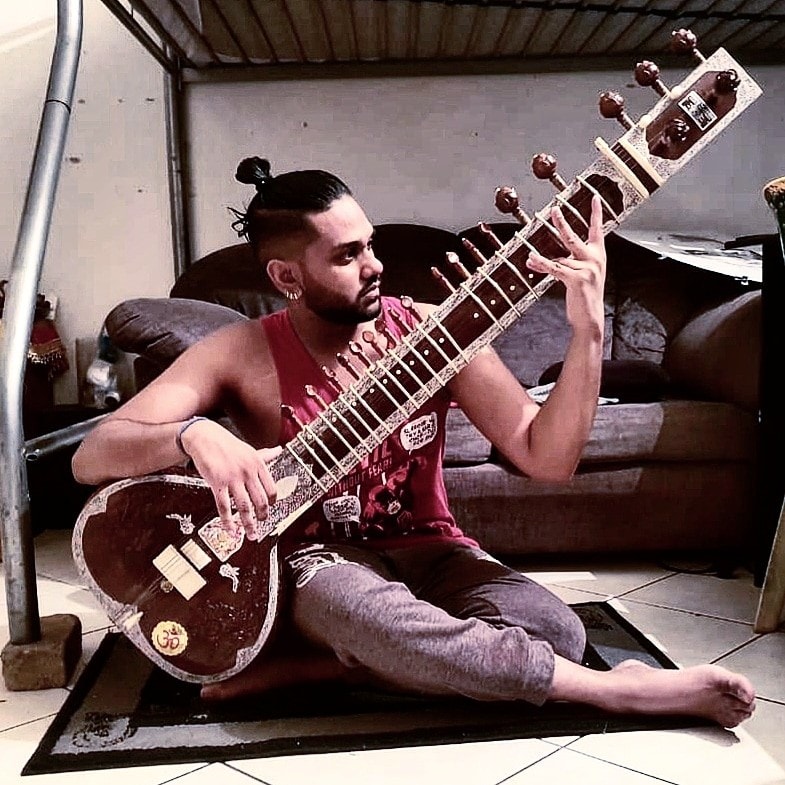(August 22, 2023) Within the realm of global finance and commerce, the United States has consistently held a prominent position. And among the many shaping this giant’s future is an Indian American who is working behind the scenes to get the US to new heights – Dr. Aaron “Ronnie” Chatterji. The economist, who has previously worked in the Obama Administration, serving as a senior economist at the White House’s Council of Economic Advisers, also served the current US President, Joe Biden as a key adviser to overcome the global microchips shortage.

Dr. Aaron “Ronnie” Chatterji at The Fuqua School of Business at Duke University in Durham, NC
Having managed several important projects under the Biden leadership – including the CHIPS and Science Act’s historic $50 billion investment in the semiconductor industry – Dr. Chatterji will now be returning to his post as a business professor at Duke University. The Global Indian, who has been solely responsible for making major strides in bolstering USA’s supply chains, strengthening their national security, and creating good jobs across the country, has spearheaded novel approaches to comprehend entrepreneurship, formulated inventive policy concepts to harness technology for a more promising global landscape, and chronicled the ascent of CEO activists and their influence on governance.
Aiming for the stars
A self-proclaimed ‘nerd’, Dr. Chatterji was an enthusiastic kid who loved numbers. Growing up as an immigrant, the economist always dreamt of making a career in the field of commerce. Talking about his growing up years in Upstate New York, the economist shared, “I didn’t really think much about how fortunate my parents were. They were both teachers working for the state, which meant they had good healthcare. Looking back, this played a big role in why I decided to enter the world of public office in North Carolina.”
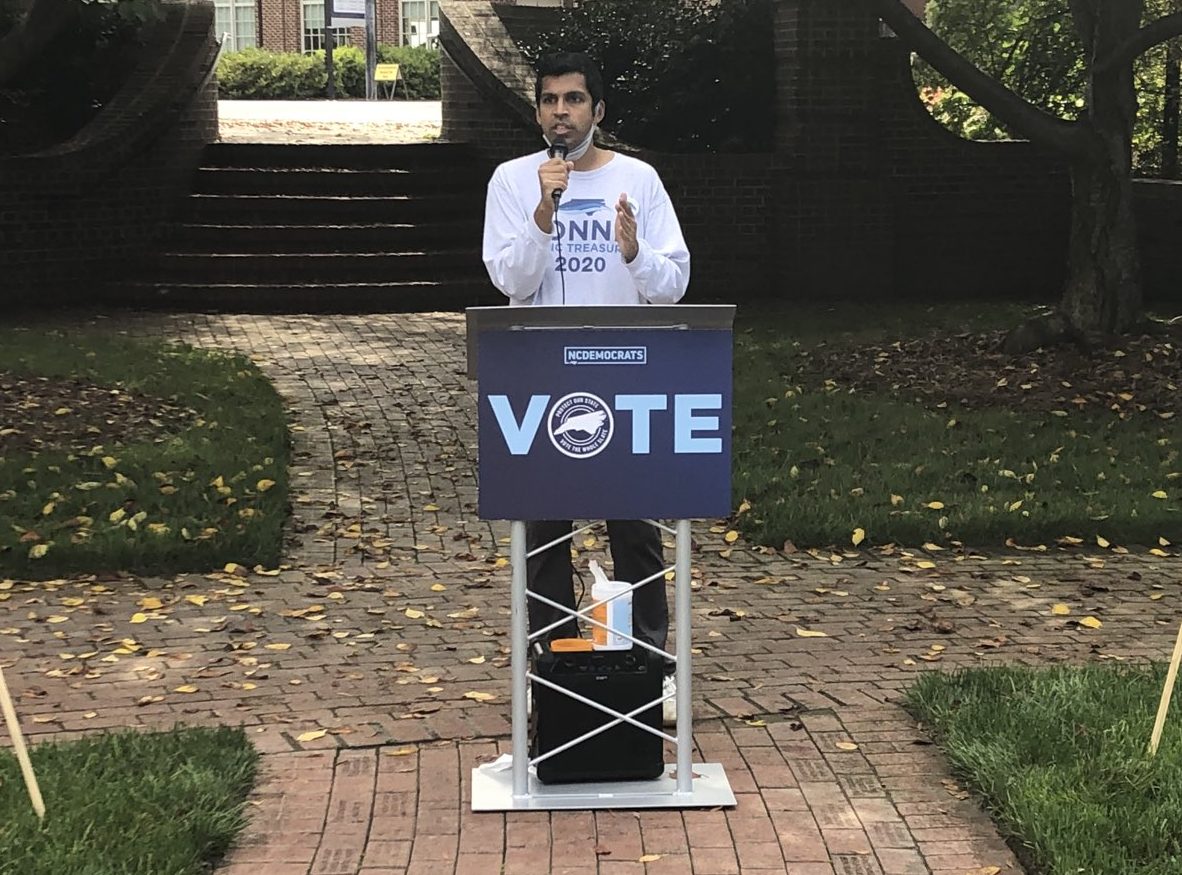
After completing his school, the economist went on to earn a B.A. in Economics from Cornell University in 2000. Later, he pursued his Ph.D. from the University of California, which he received in 2006. His main area of research focussed on entrepreneurship, innovation, and corporate social responsibility. The results of his scholarly efforts have been featured in leading publications within the fields of strategic management, economics, finance, and organisational studies. The same year, Dr. Chatterji moved to North Carolina to teach at Duke’s business school, where he worked at the intersection of academia, policy, and business, investigating the most important forces shaping the economy and society.
With prior experience as a financial analyst at Goldman Sachs and a term membership with the Council on Foreign Relations, Chatterji’s accomplishments have garnered several accolades. Among these, he has received the Rising Star Award from the Aspen Institute, the Emerging Scholar Award presented by the Strategic Management Society, and the prestigious 2017 Kauffman Prize Medal for Exceptional Research in Entrepreneurship.
Right at the top
While he was enjoying his time teaching and grooming the next generation of economists, a turning point came when he was appointed as a senior economist on President Barack Obama’s Council of Economic Advisers, in 2010. The economist shifted to Washington, D.C. to work out of the White House, where his work concentrated on policies concerning entrepreneurship, innovation, infrastructure, and economic growth. It was around the same time that Dr. Chatterji held the role of Research Associate at the National Bureau of Economic Research and also that of a visiting Associate Professor at The Harvard Business School.
During his first tenure at the White House, the economist authored numerous op-ed articles in the New York Times and the Wall Street Journal, among them influential essays that introduced the notion of CEO activism in collaboration with co-author Michael Toffel. He composed extensively for both management and policy readerships, with a series of recent contributions to the Harvard Business Review and the Brookings Institution. He is also the author of the acclaimed book, Can Business Save the Earth? Innovating Our Way to Sustainability.

Dr. Chatterji with his family
Dr. Chatterji became the chief economist at the Commerce Department only a few months into Biden’s term and transitioned to the NEC (National Economic Council) the previous year, assuming the role of White House Coordinator for CHIPS (Creating Helpful Incentives to Produce Semiconductors) Implementation. He also oversaw the implementation of the Science Act, which aims to boost domestic research and manufacturing of semiconductors in the United States to give the country a competitive edge on the world stage. “I oversaw the tasks of the CHIPS Implementation Steering Council, collaborating closely with the National Security Council, the Office of Science and Technology Policy, the Department of Commerce, and the Steering Council itself to guarantee efficient interagency synchronisation,” the economist said.
The economist, who lives with his wife Neely and three children in Durham, now plans on spending a few years teaching at Duke University, while also working on a new book.
- Follow Dr. Aaron “Ronnie” Chatterji on LinkedIn



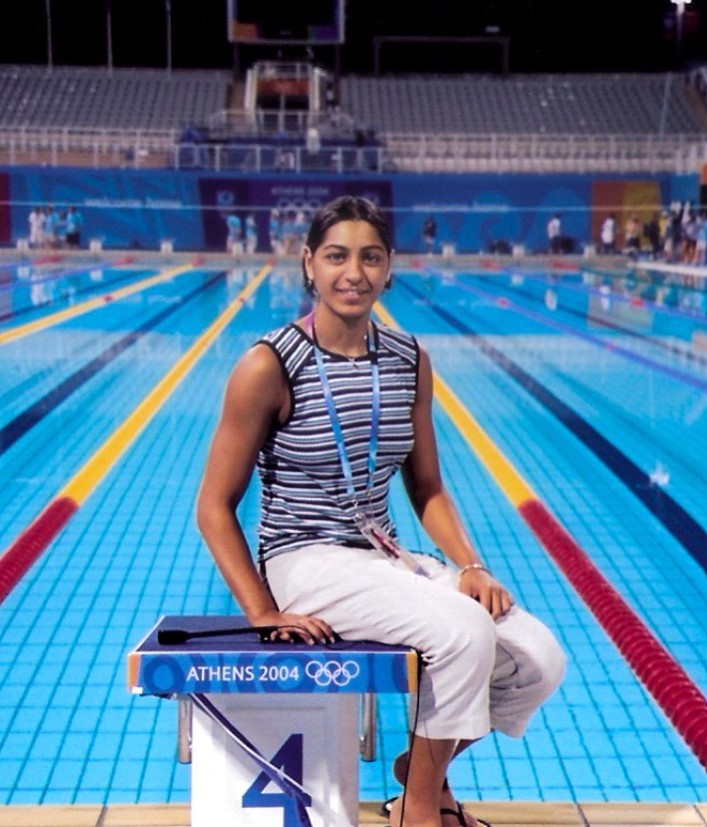 Shikha Tandon[/caption]
Shikha Tandon[/caption]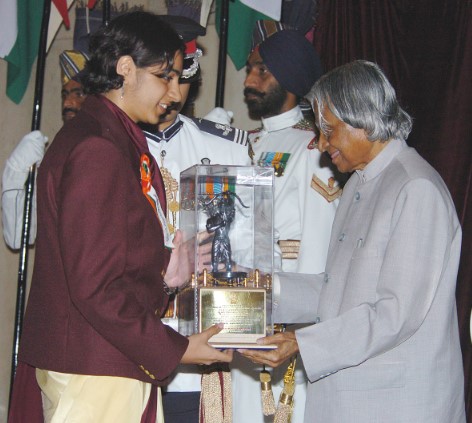 Shikha Tandon receiving Arjuna Award from foremer President of India, late Dr. A.P.J. Abdul Kalam in 2005[/caption]
Shikha Tandon receiving Arjuna Award from foremer President of India, late Dr. A.P.J. Abdul Kalam in 2005[/caption] Shikha Tandon[/caption]
Shikha Tandon[/caption] Shikha Tandon[/caption]
Shikha Tandon[/caption]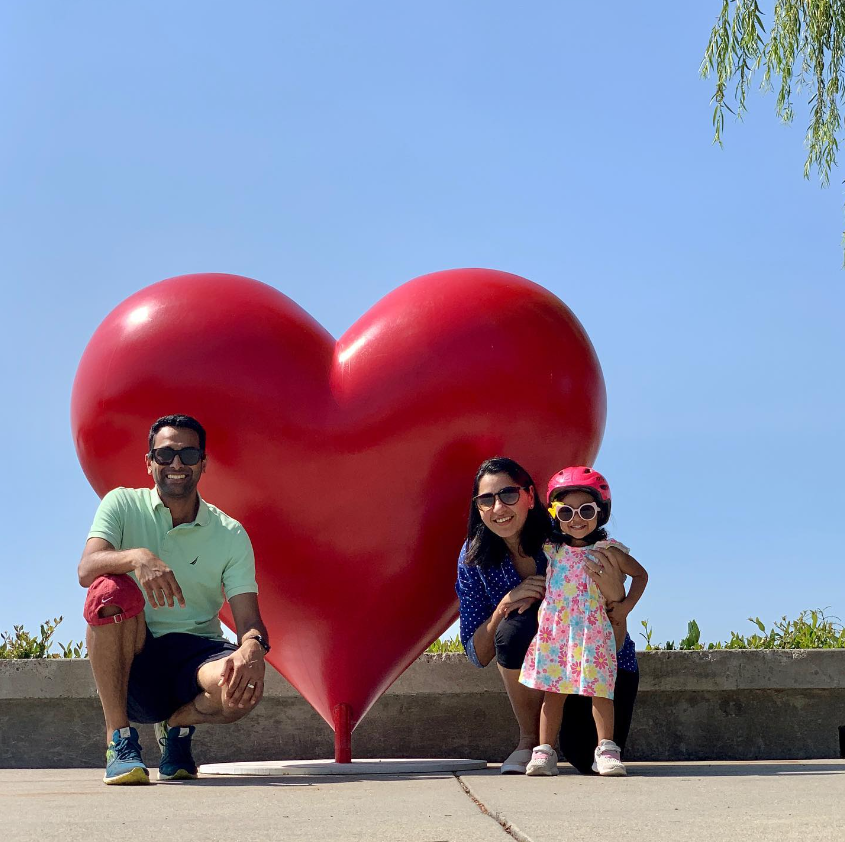 Shikha Tandon with her family[/caption]
Shikha Tandon with her family[/caption]
 Wall House at the Arsenale, Venice Architecture Biennale 2012. Photo:
Wall House at the Arsenale, Venice Architecture Biennale 2012. Photo: 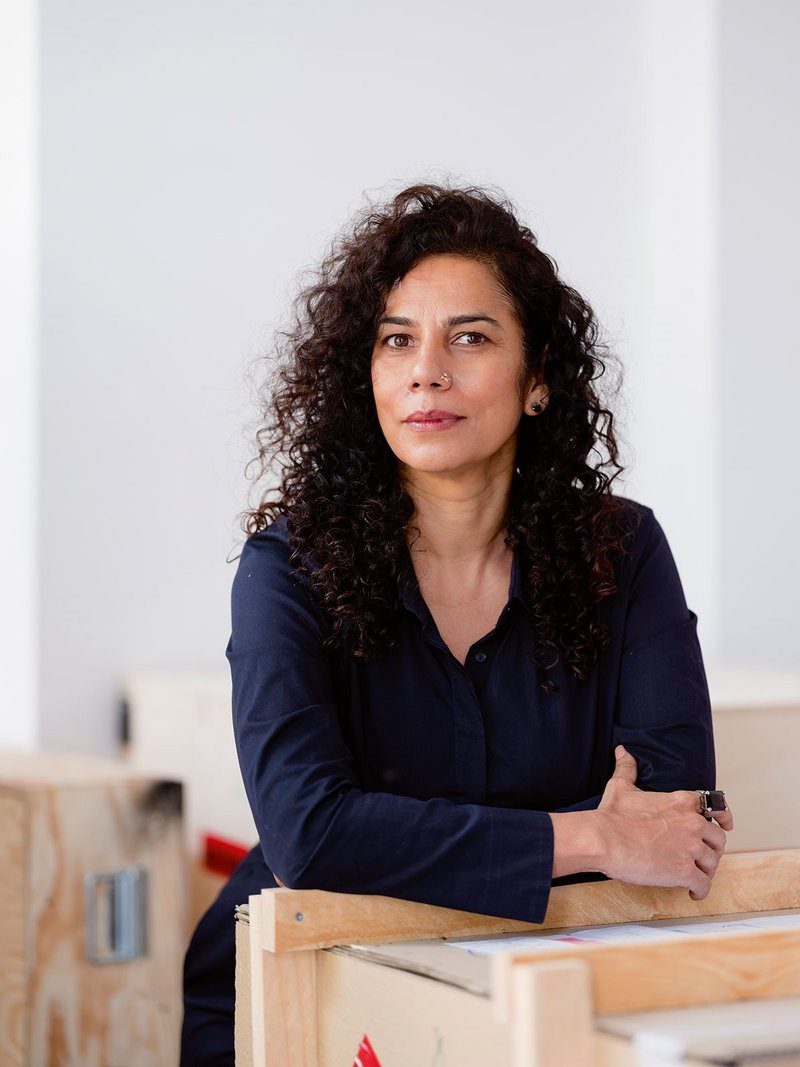 Anupama Kundoo (Photo by Thomas Meyer)[/caption]
Anupama Kundoo (Photo by Thomas Meyer)[/caption]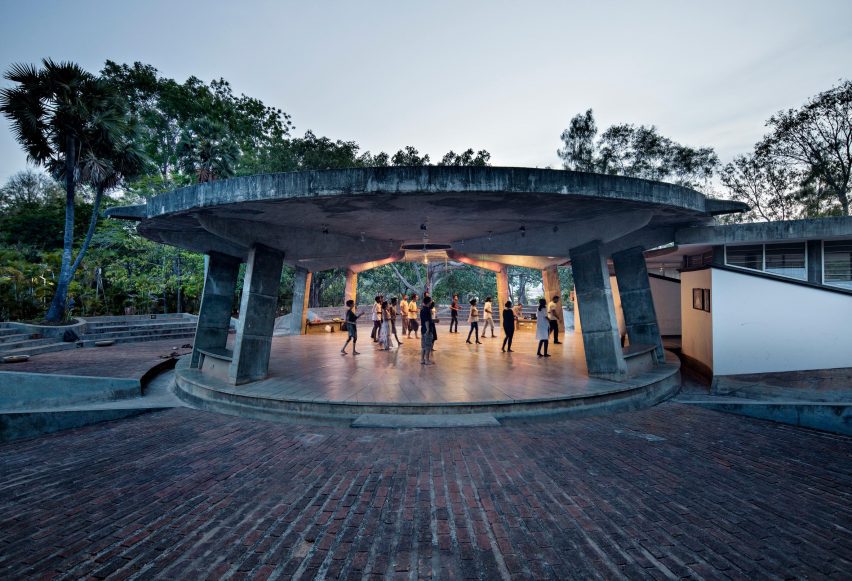 Multi-Purpose Hall, Sri Aurobindo World Centre for Human Unity[/caption]
Multi-Purpose Hall, Sri Aurobindo World Centre for Human Unity[/caption]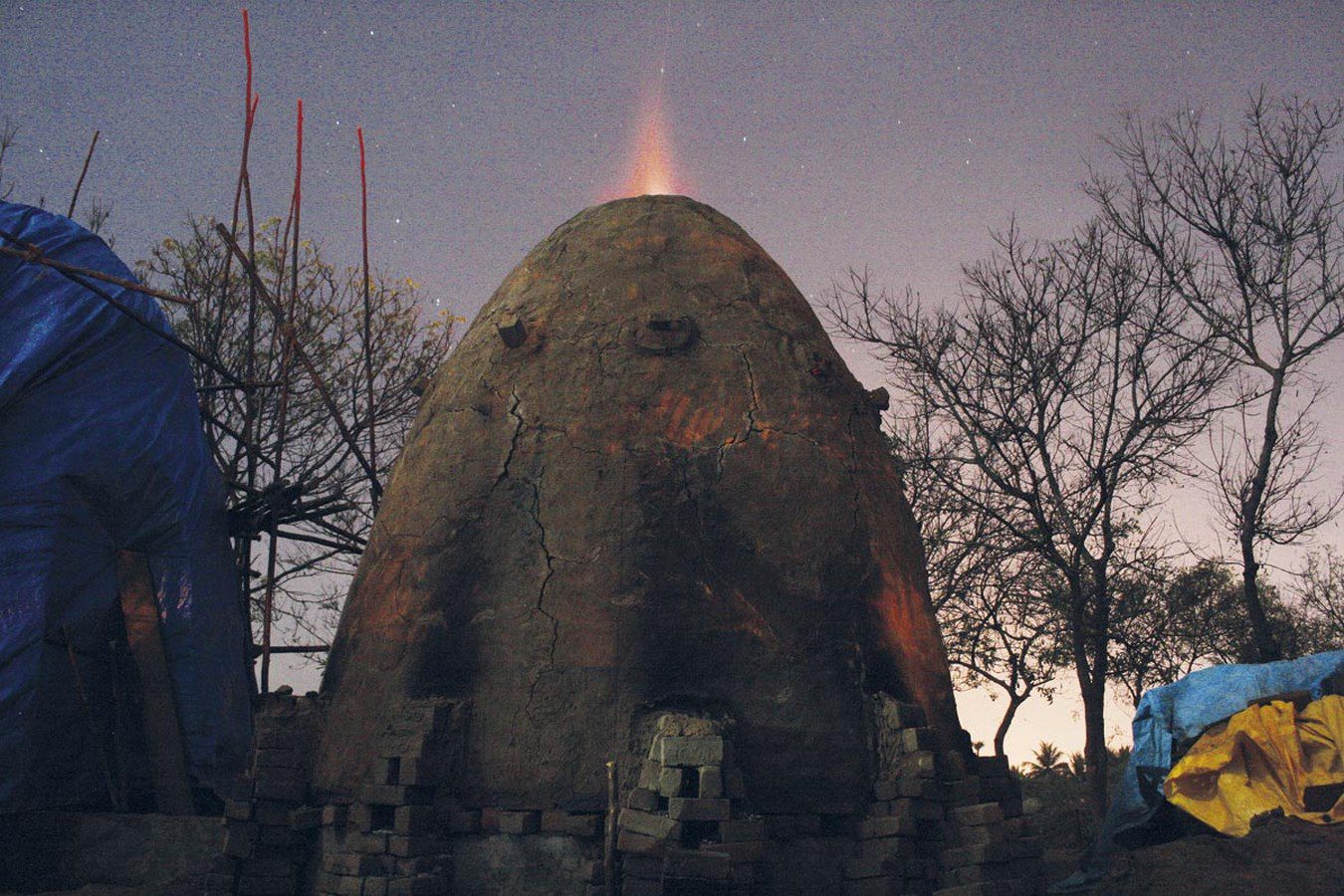 Volontariat Home for Homeless Children: Baking a mud house in-situ after constructing it.[/caption]
Volontariat Home for Homeless Children: Baking a mud house in-situ after constructing it.[/caption] Unbound, The Library of Lost books at the Plaça de Salvador Segui, Barcelona. An installation by Anupama Kundoo, photo by
Unbound, The Library of Lost books at the Plaça de Salvador Segui, Barcelona. An installation by Anupama Kundoo, photo by 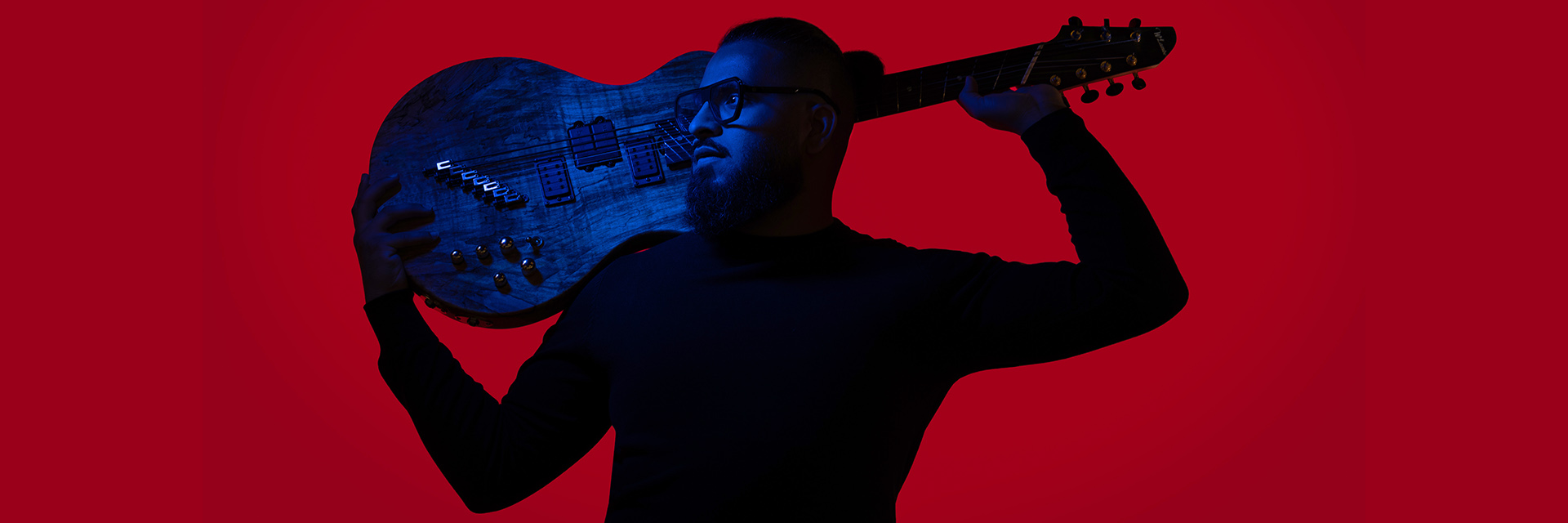


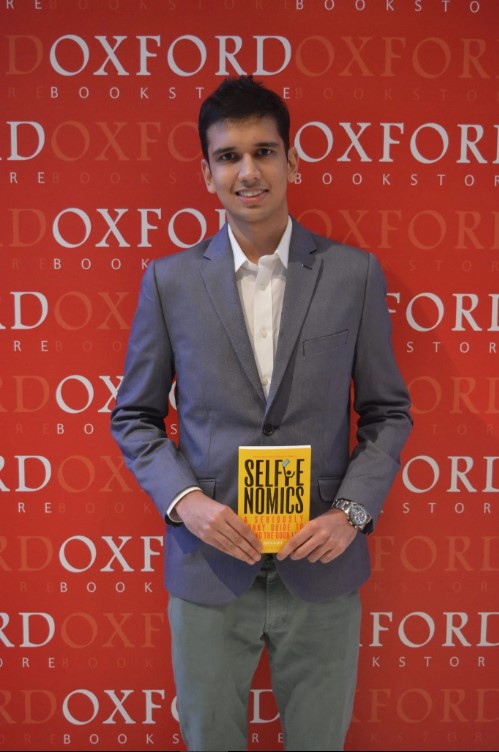


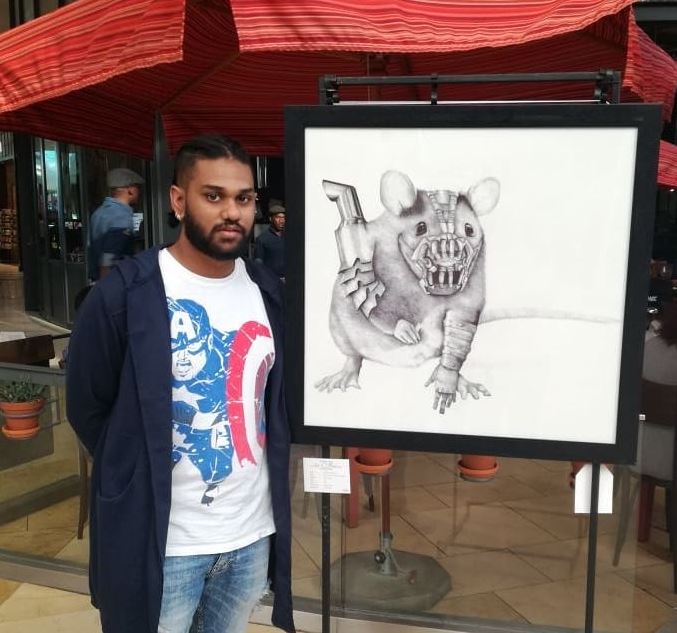 Kiveshan Thumbiran[/caption]
Kiveshan Thumbiran[/caption] One of the art works of Kiveshan Thumbiran[/caption]
One of the art works of Kiveshan Thumbiran[/caption]